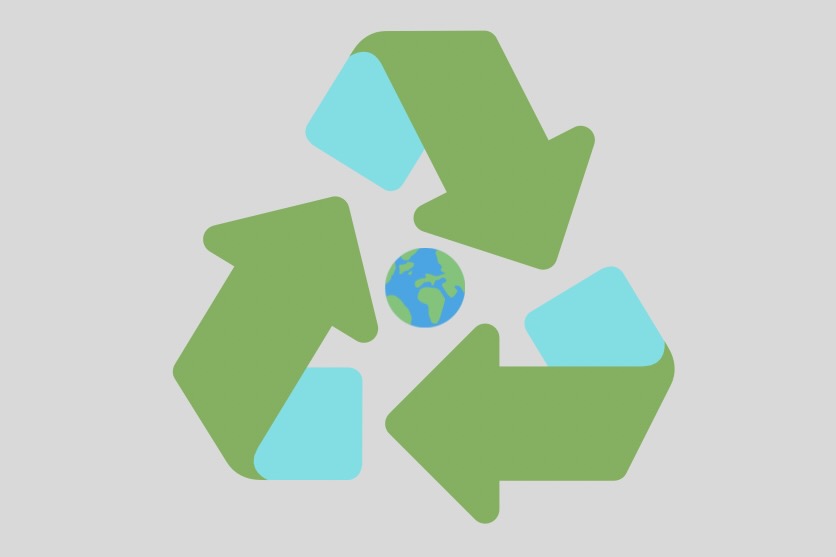Opinion: How thrifting can help the current climate crisis
Credit: Taylor McGuire
Guest writer Isabella Donovan discusses the impact of fast fashion on the current climate crisis and offers a solution: thrifting.
January 13, 2022
When you walk into American Eagle, you’re faced with walls of jeans arranged by style, cut and color. It’s often easy to continue shopping, unaware of the cost on both your wallet and the environment. One pair of jeans takes 2,108 gallons of water to produce, and this is just a tiny drop within the 79 billion cubic meters of water used each year by the fashion industry.
The average American throws out around 80 pounds of clothing every year. This creates an estimated 11 million tons of textiles that end up in landfills annually, totaling 8% of all landfills. The decomposition of these textiles generate methane gas that gets trapped in the atmosphere, reducing the amount of oxygen in the air and thus contributing to climate change.
Whether we want to admit it or not, the fast fashion industry is one of the major contributors to the climate crisis we are currently facing. However, many shoppers are unaware of the true cost of that $20 pair of jeans.
When tackling the current climate, many people feel like there is no way that they can help. However, many Wayland High School students believe they’ve found a solution within fashion itself— thrifting.
Thrifting falls under the category of sustainable fashion. Thrifting encompasses the 3 R’s that are essential to combat climate change: reducing, reusing and recycling. When someone thrifts, it helps to keep clothes out of landfills and repurpose old clothing. When someone buys second hand clothing, it prevents the massive waste of energy and resources that go into the production of new clothes.
Second hand shopping is not only environmentally friendly, it is also enjoyable.
“It’s fun, inexpensive and better for the environment than buying firsthand,” senior Skylar Gould said.
After you grow out of your clothes, an easy way to help the environment is to give them to Savers or a local donation bin. Some donation bins in Wayland can be found at St. Ann Catholic Church and the Wayland Transfer Station. Reduce, reuse and recycle are all ways to help the planet and happen when you donate and thrift.
“I’ve always donated my clothes, whether they are too small or I don’t wear them anymore,” Gould said. “The other option is that [my clothes] could end up in a landfill. It’s easier to give it to a thrift store where someone else will find them and want the clothes.”
Lastly, when thrifting, it is important to remain aware of the unintended consequences. Many people rely on thrifting as their only means of clothing. When buying second hand, it is important to focus on the quality of the items rather than the quantity.
Next time you are looking for clothes, try going to your local thrift store. Not only will you be able to find clothes that attract compliments, but you will be part of the solution to our climate crisis.


























